Métissage in New France and Canada 1508 to 1886
Devrim Karahasan
This book deals with métissage in New France and Canada in the period 1508 to 1886. Métissage is understood as a syncretistic process of cultural, social and political encounter and mixture of ethnic groups that resulted from mixed marriages and relationships. Those led to the rise of the Métis people in North America, which were distinguished as French-speaking Métis and English-speaking Halfbreeds. The process of mixture began in 1508, when first Indians were shipped to France with the intention to use them as multipliers of French culture on their return to the colony. In 1886, the Act of Savages legally distinguished between "Indians" and "Metis", thus marking the beginning of a mixed-blood identity in Canada that was differentiated from neighbouring Whites, Indians and Inuit. The theoretical approach of the history of concepts is employed in the longue durée to show the variance throughout four centuries.
Editeur
Retrouver tous les articles sur Métissage in New France and Canada 1508 to 1886 par Devrim Karahasan
01/08/2009
314
pages
62,60
€
Extraits

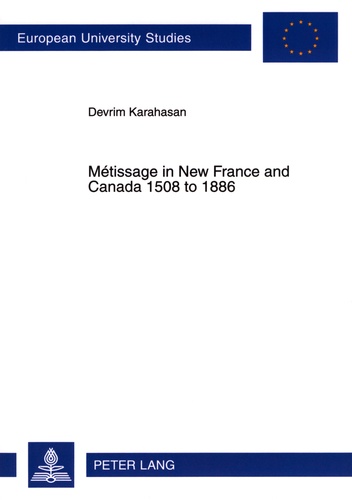

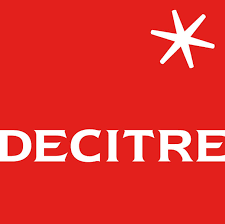

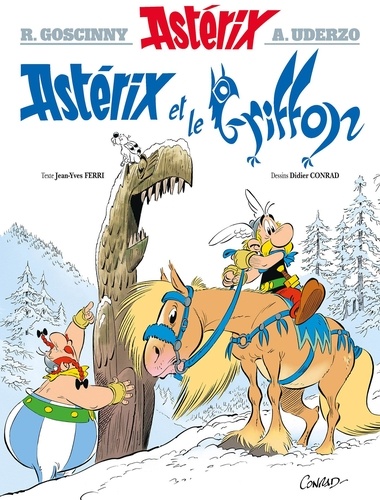
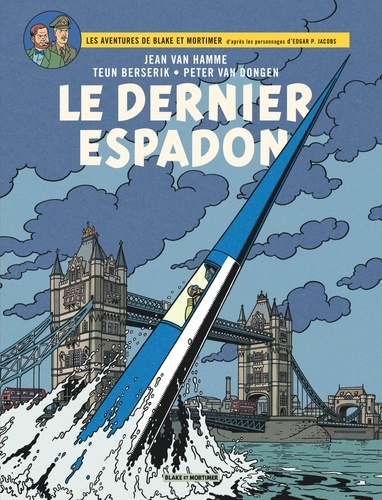
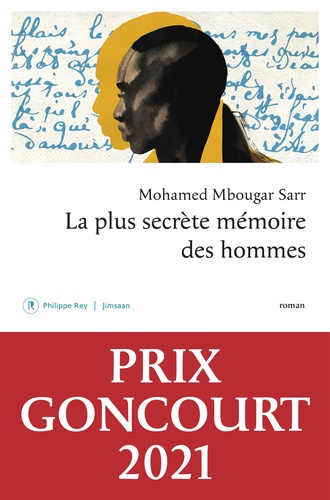


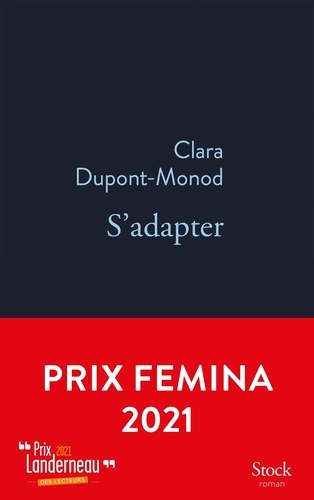







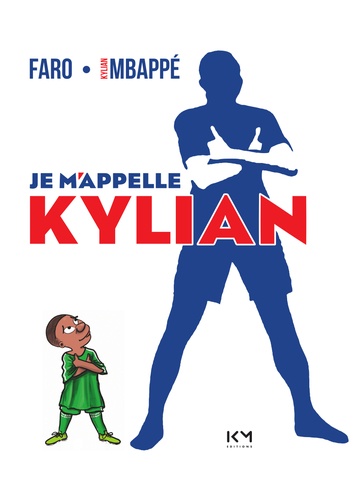



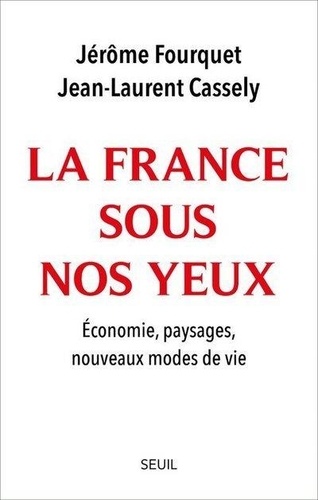


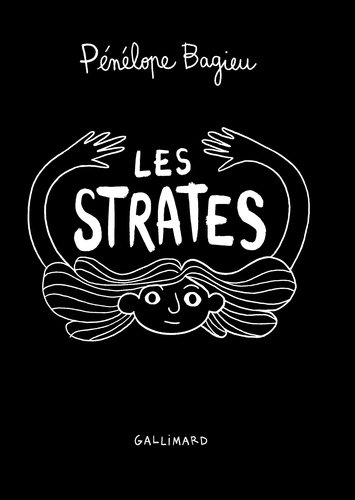



Commenter ce livre